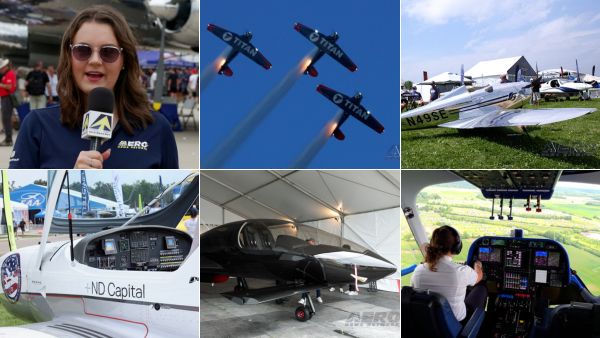Wed, Oct 14, 2020
The Airplane Subsequently Impacted Rising Terrain Near The Peak Of The Ridgeline
Location: Emmett, ID Accident Number: WPR20LA315
Date & Time: September 22, 2020, 18:30 Local Registration: N836MM
Aircraft: AIR TRACTOR AT-802A Injuries: 1 Fatal
Flight Conducted Under: Part 91: General aviation - Firefighting

On September 22, 2020, about 1830 mountain daylight time, an Air Tractor AT-802A, N836MM, was substantially damaged when it was involved in an accident near Emmett, Idaho. The pilot was fatally injured. The airplane was operated as a Title 14 Code of Federal Regulations Part 91 aerial firefighting flight.
Witness conducting firefighting operations, adjacent the accident site, reported that the accident airplane, a single engine air tanker (SEAT), descended and made an approach similar to the previous SEATs that were dropping fire retardant. The witnesses said the airplane passed over the top of the ridge and descended into the valley, however, the pilot did not drop the fire retardant as previous SEATs did. The witnesses stated he heard a brief application of engine power as the airplane began to ascend over rising terrain at the pilot’s 12’oclock position. The airplane subsequently impacted rising terrain near the peak of the ridgeline.
A video provided by a witness captured the accident sequence. The recording showed the airplane descend over an intermediate ridgeline and into a valley. About 3 seconds later, the airplane momentarily returned to level flight before it pitched to a nose-high attitude. The airplane subsequently impacted rising terrain approximately 80 feet below the ridgeline.
Examination of the accident site by a Federal Aviation Administration inspector revealed that the airplane impacted rising terrain. The wreckage debris path continued from the initial impact point over the top of a ridgeline, and extended into a small ravine. The airplane came to rest approximately 100 yards from the initial impact pointe on a heading of 040 degrees. All major structural components of the airplane were located throughout the wreckage debris path. The wreckage was recovered for further examination.
More News
Check out Blackshape in Oshkosh Display #190 Situated in the Apulian Aerospace district in Monopoli, Italy, Blackshape embodies the epitome of Italian craftsmanship, style, and qua>[...]
A Powerhouse In Aviation Safety Technology, Visit Alpha Systems AOA at Osh Display#3124-3125 Alpha systems AOA has been developing and integrating Angle of Attack systems for the l>[...]
Pilot Noticed That The No. 2 Engine Torque Indicator Was “Maxed Out” And The No. 1 Torque Indicator Was About 60% Analysis: The pilot in command (PIC) reported that the>[...]
Decision Altitude (DA) A specified altitude (mean sea level (MSL)) on an instrument approach procedure (ILS, GLS, vertically guided RNAV) at which the pilot must decide whether to >[...]
Aero Linx: HeliOffshore HeliOffshore is the global, safety-focused association for the offshore helicopter industry. Our mission is to lead a collective safety conversation, identi>[...]
 ANN Thanks Our Speedy Sponsor... Blackshape!!!
ANN Thanks Our Speedy Sponsor... Blackshape!!! Alpha Systems AOA Guides ANN Oshkosh Coverage
Alpha Systems AOA Guides ANN Oshkosh Coverage NTSB Final Report: Boeing CH-46E
NTSB Final Report: Boeing CH-46E ANN's Daily Aero-Term (07.24.25): Decision Altitude (DA)
ANN's Daily Aero-Term (07.24.25): Decision Altitude (DA) ANN's Daily Aero-Linx (07.24.25)
ANN's Daily Aero-Linx (07.24.25)



